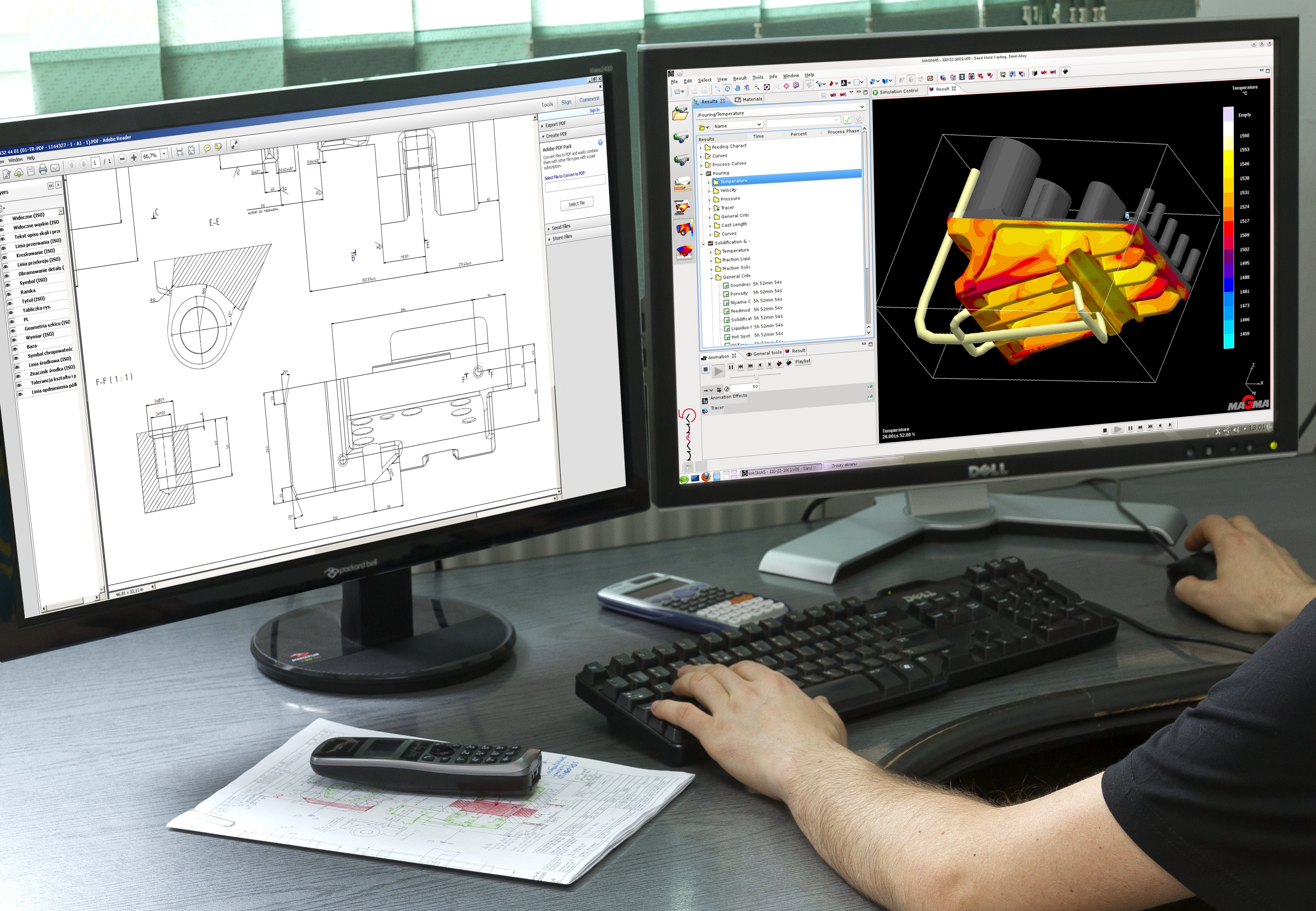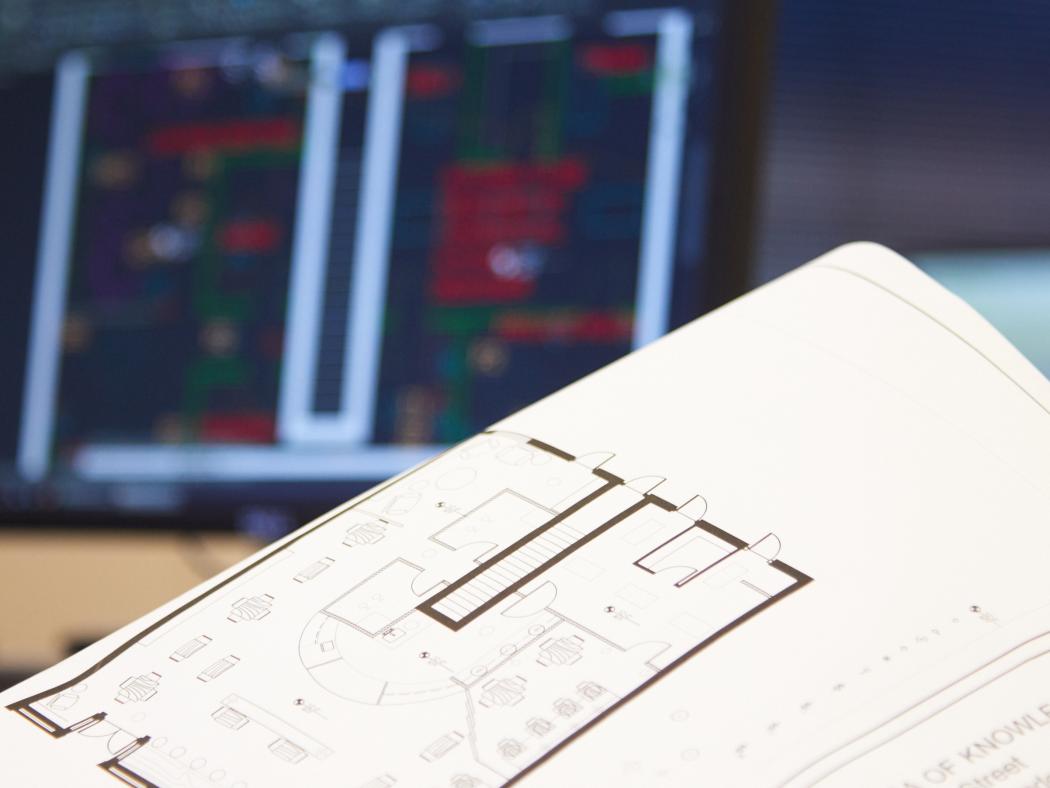List of Top Computer-Aided Design CAD Software 2024
Table Of Content

According to Rebecca, there are many different types of industry-specific CAD drafting software, capable of producing two-dimensional and three-dimensional designs. Now that we've explored some of the various capabilities of CAD software, let's take a look at how SmartDraw can help you with your designing needs. SmartDraw has hundreds of built-in templates and thousands of industry standard symbols geared towards CAD drawings of all types.
From Robots to Smart Systems: Decoding the World of Mechatronics Engineering
Users can add points of interest, their accommodation, and the routes they take to get there to create a custom map if they travel, for instance, to the mountains or anywhere else. With CAD, one can keep it digital by saving it to a smart device or printing it off. CAD Software helps to quickly synthesize information, check designs for compliance with requirements, and make informed decisions.
See how customer are using CAD design software
CAD plays a crucial role in the 3D printing process by offering the digital design files required for layer-by-layer printing of items. Using CAD software, designers produce 3D models that have precise dimensions, forms, and features. Then, these digital designs are exported in file formats that work with 3D printers, such as OBJ or STL. Production and prototyping may happen quickly because of CAD's precise and adaptable construction. Computer-aided design (CAD) or 3D CAD software is used to create, analyze or change two or three-dimensional designs and models in a digital environment rather than using manual drafting methods.
Sturm Collaboration Campus
This has always been the case — but with the introduction of computer-aided design (CAD), technology’s role in the industry and the impact it has on the job have both grown. The one that’s best for a particular project will depend on your project’s requirements and specifications. Blueprinting was one of the first innovations to streamline the design process and contributed significantly to the second industrial revolution. Such innovations were designed to create cheaper and easier ways to accomplish tasks. Because we do live and work in a digital world, ACC’s CAD classes regularly attract students who are already working in the industry and want to update their skills in order to stay relevant.
CAD created an industry-specific software solution that satisfies all of the needs of the furniture business to satisfy market demands, assure an inexpensive production process, and still offer personalized solutions. Initially conceptualizing their designs, fashion designers employ 2D CAD software programs. CAD is useful in many areas of the fashion design sector, from mass-market to haute couture. CAD software is faster, produces precise designs, integrates easily with digital workflows and enables users to amass a searchable and widely accessible library of designs and design knowledge. From assembly design to freeform design, the powerful and versatile 2D & 3D CAD modeling tools in CAD software enables you to freely use any approach that fits your design challenge.

CAD software/tools
[Herald Interview] Zyx Technology aims to shatter AutoCAD dominance - The Korea Herald
[Herald Interview] Zyx Technology aims to shatter AutoCAD dominance.
Posted: Tue, 26 Dec 2023 08:00:00 GMT [source]
These provide an approach to the drawing process where scale and placement on the drawing sheet can easily be adjusted in the final draft as required, unlike in hand drafting. It’s hard to imagine how many innovations and advancements were needed to arrive at present-day computer-aided design technology. CAD development can be traced back to the earliest drafting innovations like blueprinting, which employed perhaps the original “copy and paste” technical documentation process. About 120 years later, the first true origin of CAD came about when General Motors (GM) and IBM created DAC-1 a year after Ivan Sutherland invented Sketchpad. While these industries might appear to be very different, there are unifying factors that bring both disciplines together.
Today, CAD is an essential tool for UX designers, who use it to create detailed and precise visual representations of user interfaces. CAD continues to improve, thereby providing designers with better ways to visualize and analyze user interfaces. Sketch is a popular CAD program known for its ease of use and powerful design tools. It includes a range of features for creating wireframes, mockups and prototypes. A wireframe is a low-fidelity visual representation of a UI that shows its layout, navigation and functionality.
With CAD, designers can create virtual prototypes of products or structures before they are physically built, allowing for efficient testing and modification of designs. This saves time and resources, resulting in more accurate and cost-effective final products. CAD (Computer-Aided Design), is a digital technology that enables the creation, modification, and optimization of designs using specialized software. It involves the use of computer systems to generate precise and detailed two-dimensional (2D) or three-dimensional (3D) models that can be easily manipulated and visualized.
Videos for Computer-Aided Design (CAD) Software

It can also be used to design objects such as jewelry, furniture, appliances, etc. Furthermore, many CAD applications now offer advanced rendering and animation capabilities so engineers can better visualize their product designs. 4D BIM is a type of virtual construction engineering simulation incorporating time or schedule-related information for project management.
CAD software has a host of applications, including the design of manufacturing parts, electronic circuit boards, prototypes for 3D printers, and buildings. Typically, this software uses either traditional vector-based graphics or raster graphics which show how finished objects would actually look. 2D design, layout, drafting, annotation and documentation are the core functionalities of every CAD software. To automatically create drawing views from 3D part and assembly models and help align and scale drawing views further enhances the use of software in the design process. The future of CAD technology includes advancements in cloud-based CAD software, integration with virtual reality and artificial intelligence, and improved collaboration tools. Computer-Aided Design (CAD) has revolutionized the way mechanical engineers design and develop products.
Accurate, high quality visualizations – The main advantage is that CAD software allows you to visualize designs and projects by creating highly accurate, lifelike 2D and 3D models. This is vital for designers as it allows you to fully test and alter models before bringing your digital design to life in the form of a physical object. A program that runs on Microsoft Windows, SolidWorks Premium has powerful 3D design capabilities. While it can be used to create 2D designs, the 3D-related tools are what make it so valuable for mechanical engineers and designers. In user experience (UX) design, we use CAD to create wireframes, mockups and prototypes of user interfaces (UI). We can then use these models to test and validate design ideas, communicate design concepts to stakeholders and gather feedback from users.
AutoCAD is one of the earliest CAD software and is still widely used today, especially in the architecture, engineering, and construction industries. SolidWorks is popular among mechanical engineers and product designers for its parametric design capabilities. Catia is a high-end CAD software widely used in aerospace, automotive, and industrial design. SketchUp is a user-friendly CAD application that is often used in architecture and interior design.
Realization – As well as improving the design process, using CAD can also accelerate the manufacturing process. By using compatible computer-aided manufacturing (CAM) software, you can easily check the tool paths for CNC machining and input the files in the machines. CAM software creates the required machine code for production based just off the CAD model, providing a much more efficient method than traditional manufacturing processes. Computer-aided design (CAD) is the use of computer technology by architects, engineers, and others for design and drawing.
Comments
Post a Comment